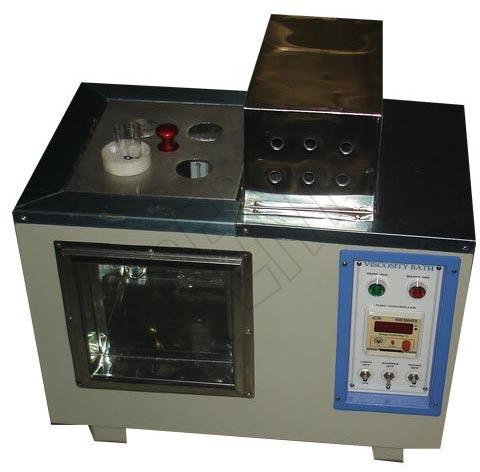

Rajabpour A, Akizi FY, Heyhat MM, Gordiz K. Molecular dynamics simulation of thermal conductivity of Cu–Ar nanofluid using EAM potential for Cu–Cu interactions. On the thermal conductivity of nanofluids. Modeling of transition coefficients of nanofluids (RU). Mechanism of thermal transport in dilute nanocolloids.

Review on nanofluids theoretical thermal conductivity models. Kumar PM, Kumar J, Tamilarasan R, Sendhilnathan S, Suresh S. Experimental and theoretical studies of nanofluid thermal conductivity enhancement: a review. Review and comparison of nanofluid thermal conductivity and heat transfer enhancements. Heat transfer characteristics of nanofluids: a review. Effect of particle size on the viscosity of nanofluids: a review. Koca HD, Doganay S, Turgut A, Tavman IH, Saidur R, Mahbubulf IM. Latest developments on the viscosity of nanofluids. A review of relations for physical properties of nanofluids. Hosseini SS, Shahrjerdi A, Vazifeshenas Y. Modern understanding of the thermophysical properties of nanofluids and features of their flows. This greater ordering of the nanofluid is one of the main factors determining the increase in nanofluids viscosity. It is shown that the liquid near the nanoparticle is structured much more strongly than in the bulk. The radial distribution functions of pure water and nanofluids are also presented in the paper. The correlation functions determining the viscosity coefficient of the nanofluid were analyzed in detail. It is shown that the viscosity of the nanofluid significantly exceeds the viscosity of the coarse-grained suspension and increases with a decrease in the nanoparticles size at their fixed volume fraction. The viscosity coefficient was calculated using the fluctuation–dissipation theorem by the Green–Kubo formula. The Rudyak–Krasnolutskii and Rudyak–Krasnolutskii–Ivanov potentials were used as nanoparticle–molecule and nanoparticles interaction potentials, respectively. The interaction of water molecules with each other was modeled using the Lennard–Jones potential. The volume fraction of nanoparticles was varied from 1 to 5%. Copper nanoparticles with a diameter of 2, 4 and 10 nm were used in the simulation. The shear viscosity coefficients of water and water-based nanofluids with copper particles are calculated by the molecular dynamics method.


 0 kommentar(er)
0 kommentar(er)
